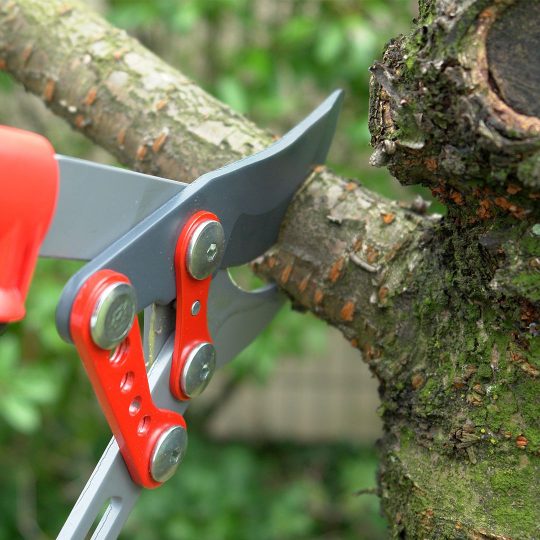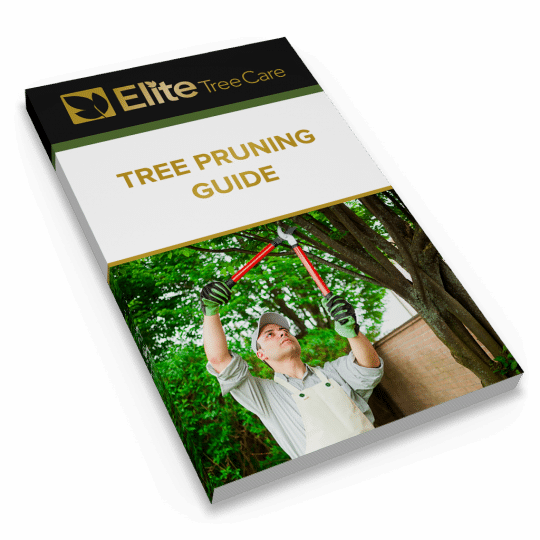Tips for Pruning Mature Trees
Respect Your Elders with Proper Pruning Techniques
Posted
August 17, 2017

Tree pruning is important at any stage of a tree’s life. Pruning mature trees takes extra care since, like mature adults, older trees take longer to recover from injury, illness, and adjustments. Follow these tips for properly pruning mature trees to help ensure they live their best life.
What is a Mature Tree
Different types of trees have different levels of maturity. Trees that have reached a certain age or size is considered mature depending on what species it is. If a tree can grow to be 70 feet tall, and your tree is 50 or 60 feet, it can be considered mature. If it’s supposed to live about 100 years, and you’ve determined it’s 70 or 80 years old, it’s mature.
Pruning Mature Trees
Just like any tree, improper pruning can lead to injury. Take extra care with a mature tree, since it won’t be able to recover as fast as its younger counterparts. While young trees use the energy it gains from its leaves through photosynthesis for growth, reproduction, and resisting disease, mature trees use most of its energy for simply maintaining its strength. This means it doesn’t have enough defense against decay. Removing too many leaves during any pruning process takes away that energy, forcing a mature tree to try and replenish what is lost. This could add too much stress to the tree, not to mention open wounds susceptible to decay.
Only prune mature trees if:
- Branches are decaying, dying, or dead.
- Lower branches are obstructing walkways, driveways, or visibility.
- Higher breaches are growing into buildings or wires.
- There’s storm damage.
- The tree is growing too large and becoming a hazard to people or property.
Proper Pruning Techniques
As with any tree, there are proper pruning techniques to follow. There are different types of cuts you can,are when pruning a tree:
- Thinning cut. Removes a branch to the trunk, or shortens the branch back to a side branch large enough to assume growth—typically one-third the diameter of the pruned branch.
- Drop-crotch cut. A thinning cut for branches more than 15 inches in diameter, used mostly for reducing a tree’s size.
- Heading cut. Only if removing the entire tree; cut the branch back to a bud or a very small branch.
There’s a right and wrong way to cut a branch and a right and wrong time of year for pruning. Knowing which is which is crucial to the process and future health of your tree. Keep your cuts small and try to only prune when a tree is dormant—usually in the winter. The best way to prune a mature tree is to call in a qualified arborist. Since extra care is required for this job to be done correctly, a professional who understands the needs of the tree and the proper process will make the project safer and easier. Call Elite Tree Care at 610-935-2279 with any other questions about pruning mature trees in your yard.

Download Your FREE Tree Pruning Guide
Learn how, when, and how much to trim or prune your trees to maximize their health and beauty. This guide covers the factors that go into tree trimming (pruning) and will help you make a more informed decision about hiring a professional tree service.